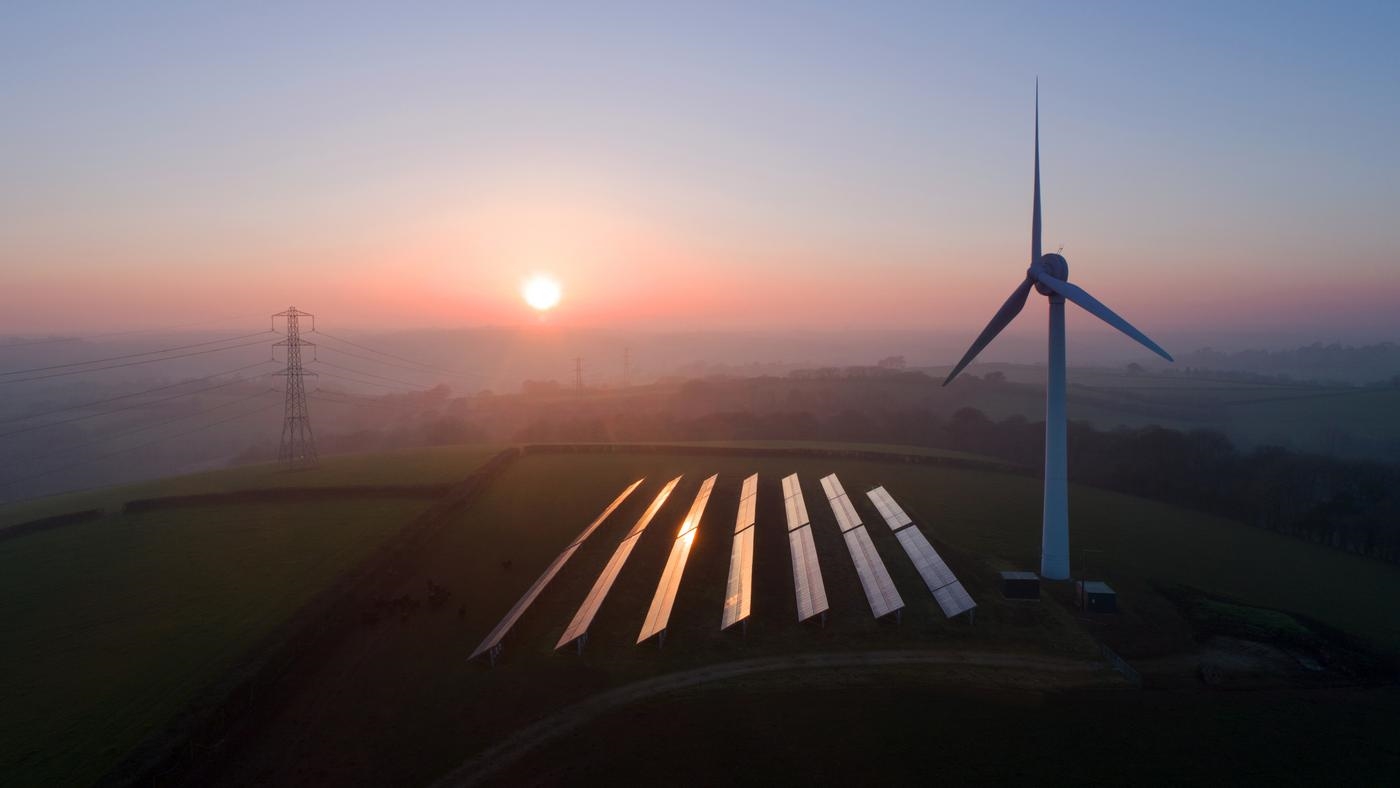Get in touch
-
Mark Thomtonmark.thomton@woodmac.com
+1 630 881 6885 -
Hla Myat Monhla.myatmon@woodmac.com
+65 8533 8860 -
Chris Bobachris.boba@woodmac.com
+44 7408 841129 -
BIG PartnershipWoodMac@BigPartnership.co.uk
UK-based PR agency
Asia Pacific’s oil demand to fall in 2020 but could rise 25% by 2040
Refiners face dual challenge of short light-products and long middle-distillates
1 minute read
According to a new report by Wood Mackenzie, oil products demand in Asia Pacific is expected to fall by 1.8 million barrels per day (b/d) year-on-year in 2020. But oil demand growth in Asia has still a long way to run. By 2040, the region’s oil demand is expected to rise by 25% (9 million b/d) to 44.8 million b/d compared to 2019.
Covid-19 and a pessimistic economic outlook will have a near-term impact on oil demand and the refining sector in Asia Pacific. But in the long-run, demand continues to be robust driven by a future demand for mobility and petrochemicals. The region will account for over half of global oil demand growth by 2040.
Wood Mackenzie research director Sushant Gupta said: Although demand continues to grow, the rate of growth in the next 20 years is less than half that of the past 20 years, primarily because of higher fuel efficiency, penetration of electric vehicles and displacement of oil in the transport sector.
“Oil demand growth is also increasingly reliant on petrochemical feedstocks, which could grow by over 5 million b/d from 2019 to 2040. China accounts for the bulk of this growth, because of an expansion in steam cracking and growth in propane dehydrogenation (PDH) and aromatics production capacities.
“So, the big challenge for refiners in Asia is to meet the growing deficit in petrochemical feedstocks. This year we will see close to 3 million b/d of feedstock shortage, but by 2027 this deficit could grow to 3.8 million b/d. Middle-East, which is a traditional exporter of petrochemical feedstocks to Asia, will not be able to meet the shortages in Asia fully, and we expect a growing reliance on imports from long-haul markets such as US and Europe.”
With a growing shortage of petrochemical feedstock and a growing demand for gasoline, Asia could also see a structural shortage of gasoline in the long run. Gasoline demand rises by close to 2 million b/d between 2019 and 2040. Unless additional refinery capacity and appropriate refinery configurations are built to focus on light-products, both petrochemical feedstocks and gasoline will continue to be short.
In contrast, as diesel/gasoil demand growth in China slows down, the region is expected to see a large surplus of diesel/gasoil, reaching 1.5 million b/d by 2027.
Gupta said: “Asia faces a dual challenge of meeting its shortages of light-products and finding export markets for its surplus middle-distillates. This imbalance means refiners need to rethink on their export markets, future refinery capacity and configurations, and the future types of petrochemical feedstocks.
“Overall, Asia’s product balances are opposite to Europe – light-distillate importer and middle-distillate exporter - so there is a natural synergy, with the challenge being their geographical separation. But, deficits in Asia present opportunities for West to East trade to grow further and meet part of Asia’s growing demand.”
To align with a shift towards petrochemicals, many refiners in Asia are moving towards a deeper integration with chemicals. Gupta added that a successful integrated site should find an optimal zone where the site is competitive for feedstock generation and for converting feedstock into chemicals.
In the long run, Asia Pacific needs more refining capacity to meet demand, but the required rate of capacity additions is expected to be half that of the past 20 years. Wood Mackenzie expects refining margins to recover in the longer term to support refinery capacity investments in Asia, but an over-build in Asia will mean more rationalisation in Europe.
Finally, as the demand growth centres in Asia shift from China to India and Southeast Asia, these regions will be required to take the lead in building new refining capacity.





